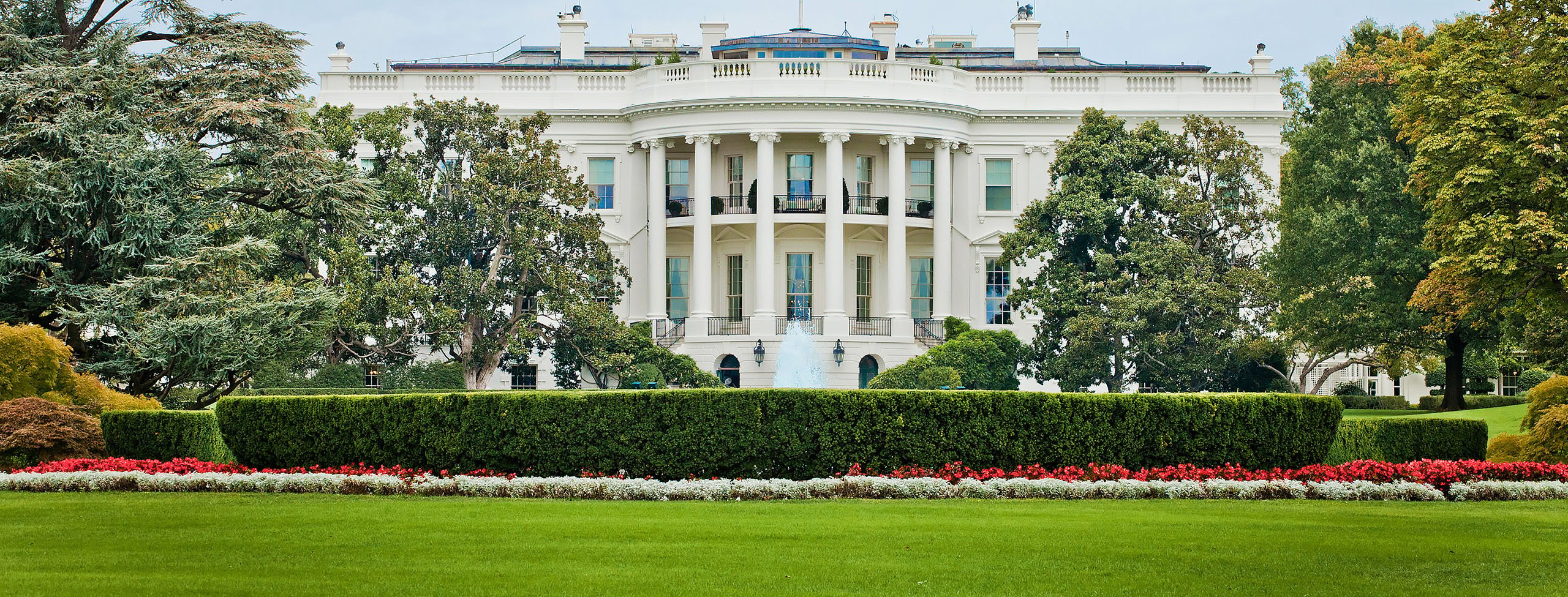
20 May 2025 • 3 minute read
EPA signals intention to modify Biden Administration’s National Primary Drinking Water Regulation for PFAS
In response to public feedback on compliance challenges, the US Environmental Protection Agency (EPA) recently announced its intention to modify the National Primary Drinking Water Regulation (NPDWR) for six per- and polyfluoroalkyl substances (PFAS) that was finalized under the Biden Administration in April 2024.
Specifically, on May 14, 2025, EPA outlined plans to propose a rulemaking this fall and finalize it in the spring of 2026, which will:
- Retain existing PFOA/PFOS MCLs: EPA reaffirmed the four parts-per-trillion (ppt) maximum contaminant levels (MCLs) for perfluorooctanoic acid (PFOA) and perfluorooctanesulfonic acid (PFOS) adopted in the original NPDWR.
- Extend compliance deadlines: Under EPA’s proposal, public water systems will have an additional two years to achieve full compliance with the PFOA and PFOS MCLs. The final compliance date moves from 2029 to 2031, with interim milestones (including initial monitoring and public notification) expected to shift correspondingly. EPA cited the need to provide “common-sense flexibility” for public water systems – particularly small and rural systems – struggling to design, fund, and commission PFAS treatment infrastructure.
- Rescind and reconsider four PFAS MCLs: EPA plans to rescind the ten ppt individual MCLs for hexafluoropropylene oxide dimer acid (HFPO-DA, commonly known as “GenX”), perfluorononanoic acid (PFNA), and perfluorohexanesulfonic acid (PFHxS), along with the Hazard Index metric that collectively governed mixtures of these three chemicals plus perfluorobutane sulfonic acid (PFBS). EPA expressed the concern that these determinations may not have followed the prescribed legal process set forth in the SDWA.
EPA further announced the following corresponding initiatives:
- Creation of a “federal exemption framework”: EPA does not elaborate on any specifics for creating this exemption framework, but recently opined that it intends to work with Congress and industry to promote a “polluter pays” liability model and exempt passive receivers and consumers from PFAS contamination liability.
- Launch of “PFAS OUTreach” (PFAS OUT) Initiative: EPA plans to proactively contact every utility identified as likely requiring capital upgrades for PFAS treatment. Through PFAS OUT, the agency will provide technical assistance, operator training, public-engagement tools, and information on federal financing, including the Drinking Water State Revolving Fund, the Emerging Contaminants program for small or disadvantaged communities, and the Water Infrastructure Finance and Innovation Act program.
Looking ahead
For now, public water systems remain bound by the original NPDWR, while ongoing monitoring requirements and currently finalized near-future deadlines remain in force. However, the Trump Administration’s EPA has made clear that significant changes to the rule are on the near horizon.
DLA Piper’s Environmental Practice Group and PFAS Task Force continue to monitor the PFAS NPDWR’s evolution in real time, along with the continuously transforming the PFAS regulatory landscape nationwide. For inquiries or assistance, please contact the authors.


